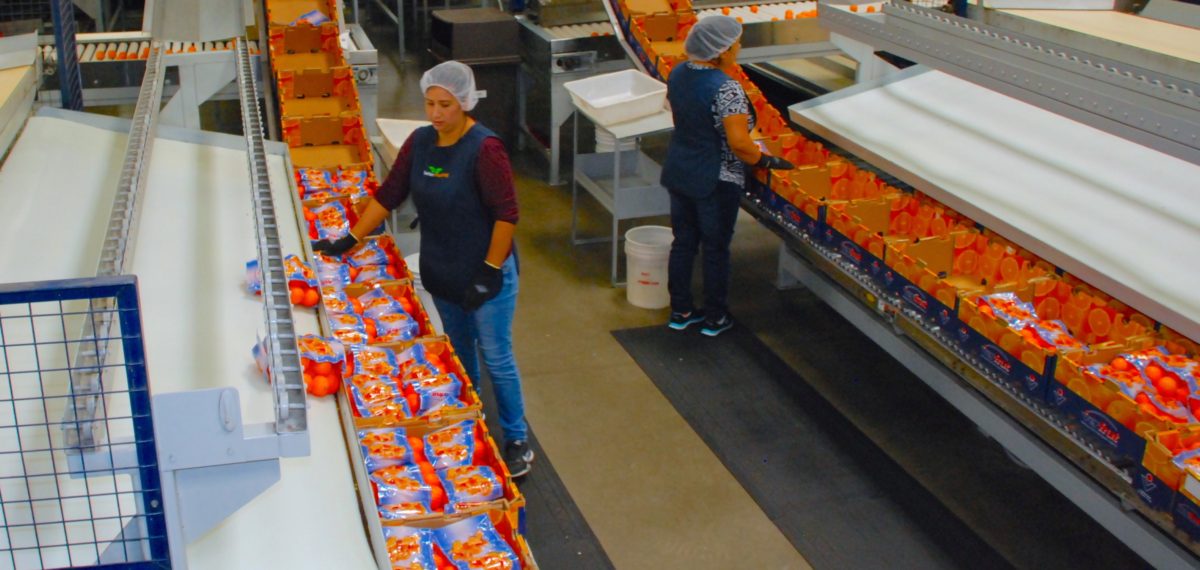
File photo
Written by Edward Smith
Mandarins are steadily peeling away at the orange’s citrus dominance, according to a new study, with U.S. production of the easy-peel fruit unable to keep up with demand domestically.
Mandarins and clementines — marketed under brands including Cuties, Halos and Peelz — have risen to the second-most consumed citrus nationally, and are projected to overtake oranges in the coming years, according to a paper by Gonzalo Salinas and David Magaña with RaboResearch Food and Agribusiness.
Going back to the 2008/2009 growing season, mandarin production increased in the U.S. at a compound annual growth rate of 6%, averaging about seven pounds per person, according to the paper. If this rate continues, researchers expect consumption to surpass oranges by the 2024/2025 season.
Since the 1990s, mandarin consumption has surpassed domestic production, and the gap is only growing. The study found only 7% of the fruit grown domestically is sent for export. California production accounts for 95% of all domestic production, according to the United States Department of Agriculture.
In 2020, tangerines — which include mandarins — grossed $664.66 million on 54,610 production acres, according to the latest crop reports from Tulare and Fresno counties.
Countries south of the equator that are fulfilling demand when local mandarins are off-season are also seeing the boost. In 2017, mandarin imports from Chile neared 120,000 metric tons. By 2021, that amount neared 200,000 metric tons.
Imports from Peru have also grown, as have those from South Africa. Morocco and Uruguay are also significant importers, and while Uruguayan imports have increased, those from Morocco have remained stable. North American imports of mandarins have grown 57% over the past five years.
In total, imports make up about one-third of the market, largely filling out the year-round demand for the fruit. In 2017, mandarin imports spiked between July and September. By 2021, the import season had grown from June to November.
This comes as total U.S. production of tangerines and mandarins is expected to fall. The U.S. Department of Agriculture forecast total production of 878,000 tons for the 2021/2022 season from November to October — a 25% decrease from the previous year.
The decrease in production would buck the trend of 5% annual increases since the 2001/2002 season.
The report from RaboResearch predicts South American markets providing more easy peelers in the off-season, but splits in the European and North American markets will mean extremes on both sides, according to researchers. Loss of U.S. production and forecast decreases in Chilean supply will keep prices high. Peruvian imports could help fill some gap.
Conversely, European markets are expected to experience a glut. Russia was the main destination for easy peelers from Argentina over the last decade, making up 50% of the market. With war in Ukraine disrupting trade flows, South American citrus will have to be redirected, potentially resulting in oversupply, the report stated.








